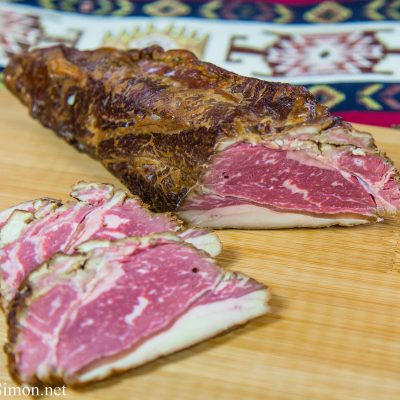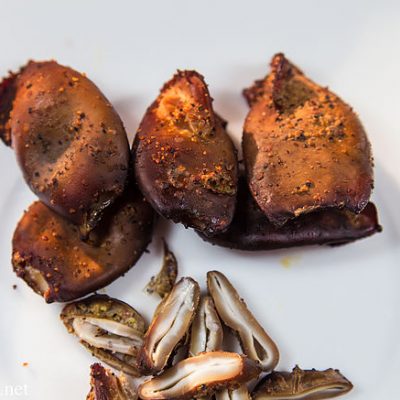Directions

It’s not a well-known fact that white and yolk reaction to the temperature change is different, mostly because they have a different density. When cooking eggs, the white interacts with boiling water and rapidly turns into the rubber-shaped substance. When the white is coagulated it starts conducting warm to the yolk, until the latter takes a required heating (poached, lightly boiled and hard boiled eggs).
But we are not those people looking for the easiest way in cooking, we love experiments. The eggs were put into sous-vide (without sealing in a plastic bag) under the temperature 65 C for 1 hour.
As a result, the eggs were pasteurized completely and not overcooked.
The white remained in its jelly-like state, delicious and the yolk warmed up throughout its thickness and was a little denser than usual, truly bright and flavored.
Sous-vide is ideal for pasteurizing eggs when you cook home-made mayonnaise or bakery. The temperature and time mode to follow are 57 C and 75 minutes.


 Русский
Русский





One comment
Or use one of these social networks